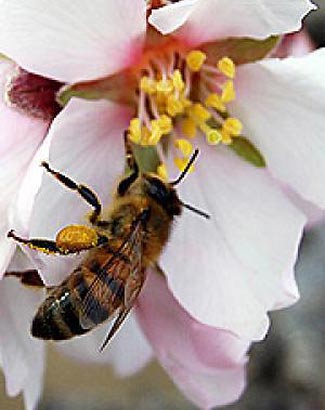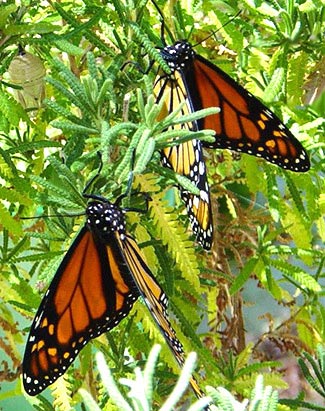Pesticides Not Main Cause of Bee Disappearance: U.S.
Despite a push in Europe to restrict the use of three pesticides in an attempt to stop the disappearance of honeybees, a new U.S. report says there is no single factor contributing to the ongoing decline of the pollinating insects.
A report issued jointly by the Agriculture Department and the Environmental Protection Agency blames so-called “colony collapse disorder” on a wide range of factors.
They include viral and bacterial infection, habitat loss, industrial farming practices, pesticides and a lack of genetic diversity.
The single biggest cause, according to the report, is varroatosis, a disease carried by the parasitic mite, varroa destructor.
Colony collapse syndrome has ravaged bee colonies across both the United States and Europe since at least 2006.
In any given year, as many as one-third of all bees in the nation bees are lost to the mysterious ailment.
This month, EU policy makers voted to impose temporary restrictions on the agricultural use of three neonicotinoids, a pesticide related to the stimulant nicotine.
As a relatively new form of pest-agent, neonicotinoids are pointed to by many environmental groups as the chief culprit behind colony collapse disorder.
Regulators in the United States are not considering adopting similar restrictions any time soon.
According to the recent report, though pesticides are considered to be one threat to bee health, with as many as 100 different chemicals present in any given colony, it is impossible to narrow the culprit to one class of compound.

Monarch Swarms Wintering in New Zealand Trees
Nature lovers across New Zealand are reporting large numbers of overwintering monarch butterflies.
During the last southern summer, the butterflies failed to return to some areas after a tough and cold spell dampened their breeding grounds.
New Zealand monarchs don’t migrate long distances like their North American cousins.
Instead, they find their way to trees in well-sheltered areas where they rest during the winter months.
Breeding will start in the spring once the colourful creatures have rested up.
The Monarch Butterfly New Zealand Trust is asking residents to log any monarch sightings they may have on the group’s website, especially if the butterfly is tagged.
That allows the trust to generate a map showing the origin of the butterfly and the time it took to get to its destination.

No comments:
Post a Comment